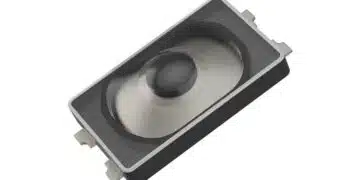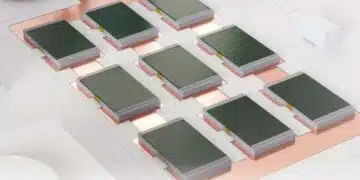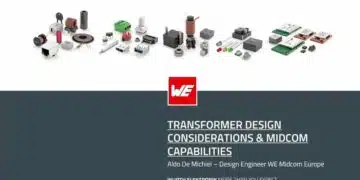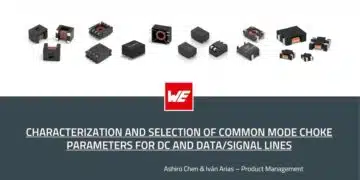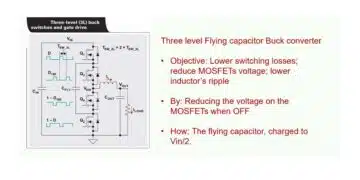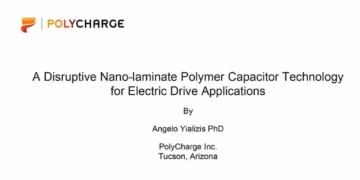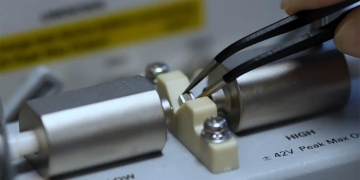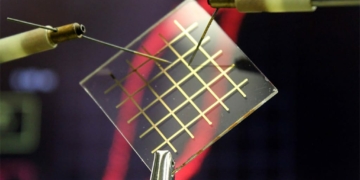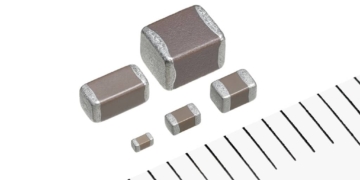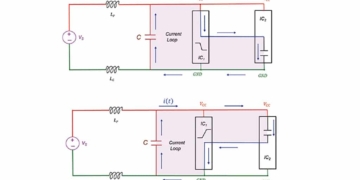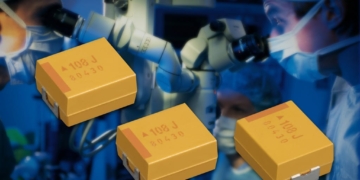Capacitors e-Blog
A Disruptive NanoLam DC-Link Capacitor Technology for Use in Electric Drive Inverters
The paper introduces development of NanoLamTM DC Link film capacitors, solid state, polymer monolithic capacitors, comprising 1000s of nano-thick, cross-linked...
Read moreDetailsHow to measure MLCC Capacitance accurately on LCR meters
Source: Kemet video Do you ever have trouble getting accurate MLCC class II X5R, X7R ... capacitance measurements from your...
Read moreDetailsMost powerful Raspberry Pi ever replace MLCC to Panasonic polymer aluminium capacitors
Source: EE Journal article Panasonic Industry Europe capacitors empower new Raspberry Pi microcomputer. Two Panasonic Industry Europe Polymer capacitors enable...
Read moreDetailsNylon as a building block for transparent and flexible capacitors
Source: Max Planck Institute news Scientists at the Max Planck Institute for Polymer Research (MPI-P) led by Dr. Kamal Asadi...
Read moreDetailsDC and AC Bias Dependence of MLCC Capacitors Including Temperature Dependence
Following EPCI initiative on MLCC DC BIAS issues investigation that is discussed during the PCNS 2019 symposium here, EPCI is...
Read moreDetailsImpact of a Decoupling Capacitor in a CMOS Inverter Circuit
Source: InCompliance article by Bogdan Adamczyk. This article discusses CMOS inverter switching and shows the impact of a decoupling capacitor...
Read moreDetailsPower Output Optimization in Switching Regulator
Source: Electronic Design article Existing test solutions aren’t always suitable for the latest improvements in switching regulator technology. Transient load...
Read moreDetailsBypass capacitor S-parameter models: What you need to know
Source: EDN article by Istvan Novak Whether to think in the time domain or frequency domain, learn how to interpret...
Read moreDetailsPanasonic Polymer Tantalum and Aluminium MLCC Replacement
Panasonic Industry is a leading supplier for Capacitor technology offering an extremely wide range of MLCC alternative solutions including SP-Cap,...
Read moreDetailsCapacitors for Critical and Non-critical Medical Applications
Capacitors are essential components in a wide range of electronic systems including smart phones, household electric appliances, electric vehicles, and...
Read moreDetails

